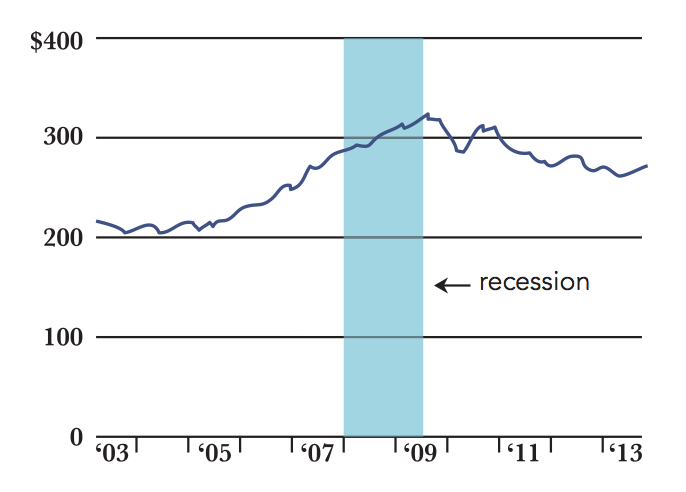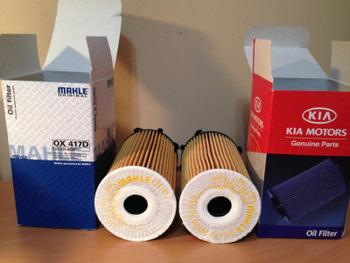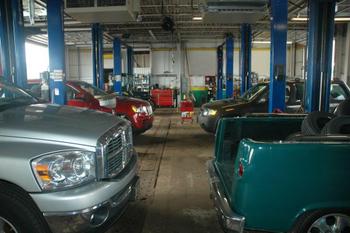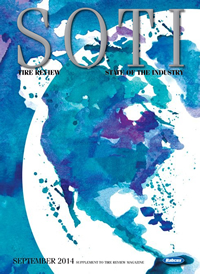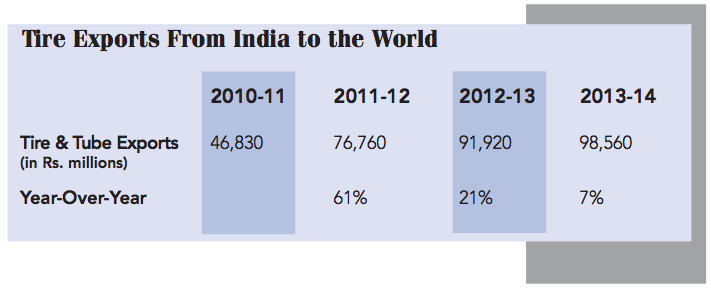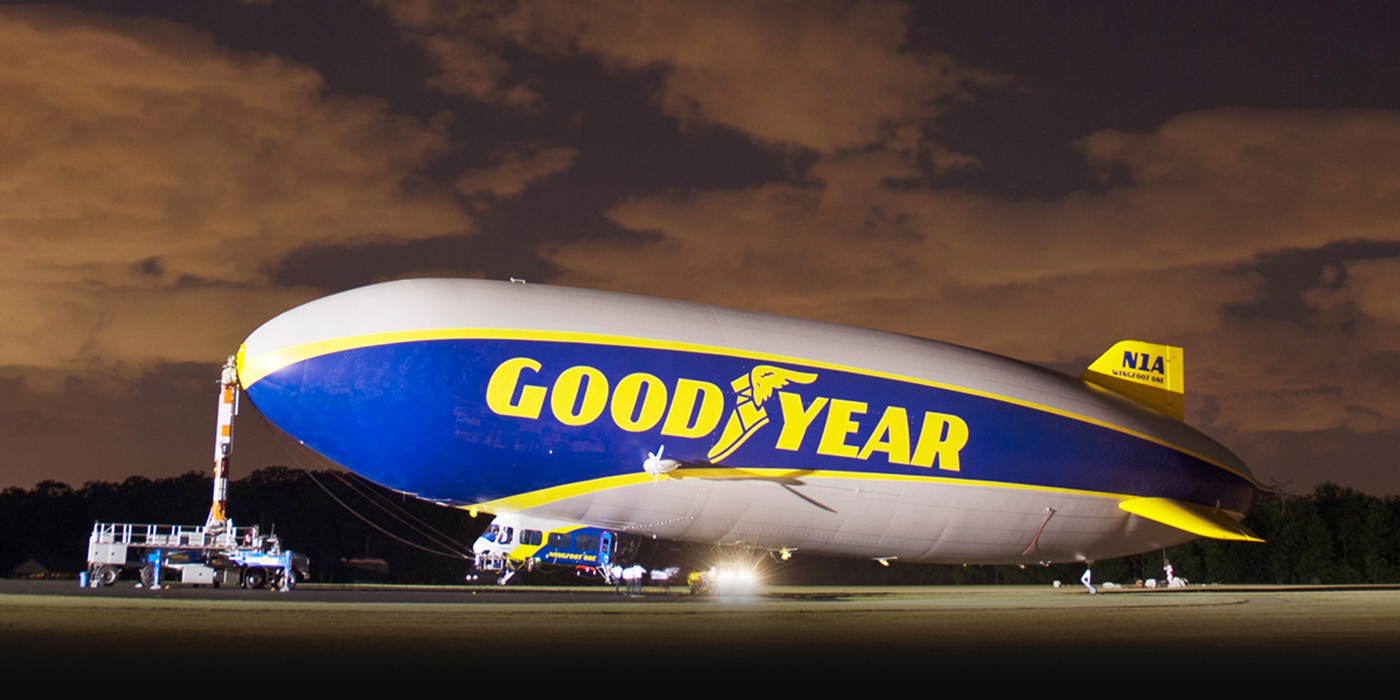Tire industry unit demand growth has been painfully slow in a strong economy, and we fear this is a new normal. We are not presenting a doomsday scenario here. Rather, we want industry participants to set realistic expectations, and understand the growth challenges of the industry based on Longbow Research analytics and through our interactions with Wall Street investors and U.S. tire industry participants. We all want to see the industry overachieve vs. overpromise, but unfortunately, there has been too much of the latter recently. With that said, let’s get real…
Over the past 18 months, U.S. total industry shipments are down 1.6% vs. the trailing 18-month period, led by a 2.2% decline in consumer shipments, according to U.S. Tire Manufacturers Association (USTMA) data. Positively, truck and bus radial (TBR) tires grew 5.4%, and we have observed 4% TBR sell-out growth in recent survey work. However, consumer replacement shipments are down 1.8% during this same timeframe, and we have seen flat to slightly negative sell-out in recent surveys. The consumer data has many people in the industry and investment community scratching their heads wondering how demand can be so weak when gas prices remain relatively low nationwide, miles driven is positive 1% CAGR, average vehicle age has grown to 12 years which aids the replacement cycle, GDP growth is 3%, tax cuts are boosting consumer spending and business investments are higher. In our view, the answer is simple: manufacturers are producing better tires as consumers desire longevity due to cost concerns.
I personally would not feel safe driving my family around on a set of tires that has 50,000 miles or more traveled, but the reality is passenger vehicle tires are being advertised with warranties up to 90,000 miles. Product quality, durability and strength have improved and the consumer is benefiting as only three to four sets of tires will be needed over the life of a vehicle. For example, last year Michelin introduced the Defender for passenger vehicles at a starting MSRP of $115, featuring an 80,000-mile warranty that boasts an advanced-generation tread compound that is said to make it the longest-lasting tire among leading competitors. When we look far into the future, about 20 years out, conceptual products include tire-wheel combinations that may never have to be replaced. Talk about shooting yourself in the foot! But, don’t worry dealer, these concept products may require retreading, which is an opportunity for service on a product we view as niche/low penetration anyways. We have seen aggressive tire warranties for years, but we know engineering and material science advancements are extending the practical wear-life of each unit, and this is having severe consequences impeding the industry’s ability to grow. Also, the TREAD Act standardized tire pressure monitoring systems (TPMS) in 2008 on newer passenger vehicles. The proliferation of TPMS technology surely improves consumer awareness of tire pressure, which if kept at optimal levels, extends the life of a tire in addition to other benefits. Overall, we view these developments as net negative to U.S. tire industry unit forecasts.
Weak demand, pricing pressure, supply growth and a highly variable cost structure tied to raw material costs should make one question long-term return on investment in this industry. Professionals in the tire industry understand they are in a mature commodity business, and the way to grow unit count in the U.S. is to take marketshare. As manufacturers battle for this marketshare, and as demand remains weak, we expect an extended period of promotional intensity in the U.S. tire industry. This is obviously a headwind for pricing growth and presents a conundrum for investors who seek long-term bottom-line growth. On supply, we estimate U.S. capacity growth of 4% annually through early next decade based on our analysis of publicly announced capacity expansions. If volume growth does not materially accelerate vs. historical norm in the 1-2% range, the supply/demand environment becomes highly imbalanced. Continental expects the North American consumer replacement market to grow 2% and the TBR market to grow 3% in 2018, which is looking like an aggressive forecast based on YTD results. Goodyear expects U.S. consumer replacement demand to be flat up to 2% and the TBR replacement market to grow 1-3% in 2018, which are more realistic forecasts in our view. The industry growth CAGR has been 1% since 2010, which we’ve used as a starting point for a scenario that shows capacity in North America could reach over 105% of U.S. shipments by 2020 vs. 93% in 2017. This spells trouble for tiremaker profitability over the next several years as the demand is simply not there to absorb incremental capacity.
One has to wonder what all this means for the dealer and tiremaker strategies to improve their bottom line? There were negative marketshare consequences in 2017 for manufacturers who pulled SKU’s out of their replacement market incentive programs or got too aggressive with base price increases. As a result, there is concern at the manufacturer level that they will not be able to fully pass along these cost increases in response to this year’s rise in raw materials costs.
What can a manufacturer do? We have seen greater distribution consolidation whereas Goodyear, Michelin, Bridgestone are driving their company-owned distribution strategy and transitioning away from other distributors such as ATD. We should expect more consolidation here. To our dealer friends, we see this wholesale trend as beneficial to inventory management, fill rates and pricing.
Overall, the industry continues to be mature and highly competitive and underlying demand growth appears to be structurally challenged. As incremental supply comes online and as manufacturers pursue company-owned wholesale strategies, we think dealer profitability can benefit primarily from a cost of goods standpoint, but I wouldn’t bet on long-term volume growth.


